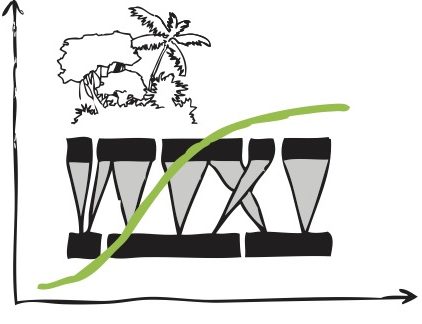Sticky stingless bees: tree resin collection and flower foraging
Social bees are important pollinators worldwide, including honeybees, bumblebees and stingless bees, the latter being particularly important in the tropics. Stingless bees do not only depend on pollen and nectar, but also intensively collect the sticky and potentially toxic resin from tree wounds. Obviously not for nutrition, but for nest …

